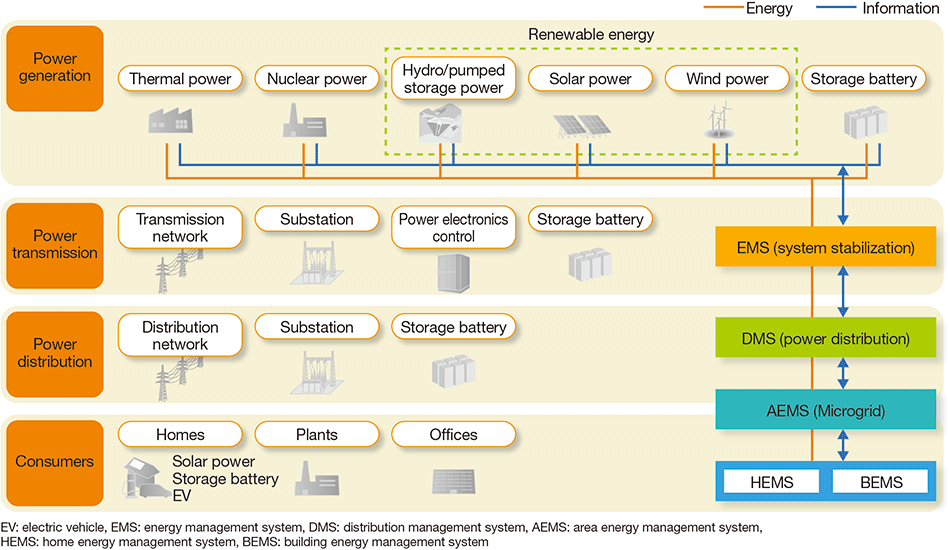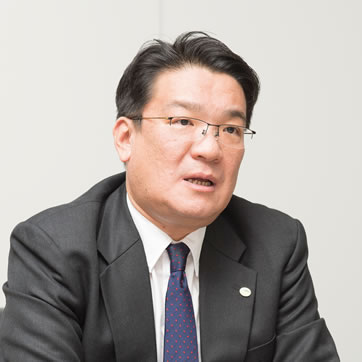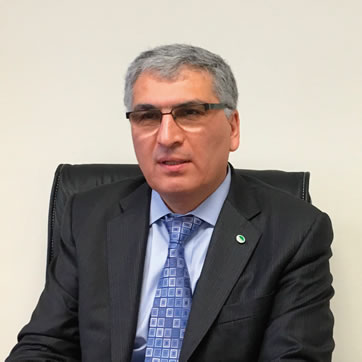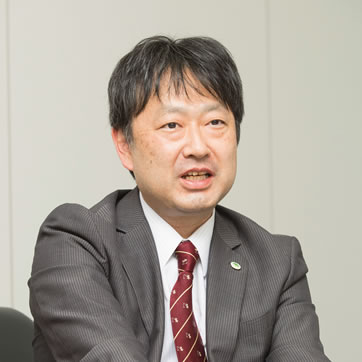Reimporting Successes from North America Back to Japan
Finally, what are your plans for the future?
AramMicrogrids are just one of many opportunities emerging as the market transitions to a more distributed, digital system. ESD plans to further strengthen its portfolio and provide solutions tailored to market needs.
We will continue to work with our customers to develop solutions that would help solve the challenges they are facing.
We want to expand our range of energy solutions offerings to include grid stabilization technology, energy storage systems, demand response programs and virtual power plants.
We will provide solutions that would help to resolve issues caused by increased penetration of distributed energy resources in the grid, and are working very closely with various teams in Hitachi. An example of this is the collaboration with Lumada team to provide an Energy IoT platform supporting our multiple business models mentioned before. The Lumada team is primarily responsible for the IT side of the solutions. The ESD team acts as system integrator and is primarily responsible for the OT aspects of the systems and any “custom” software module needs for the IT system, such as OT configuration, data filtering, and optimization algorithms.
MoritaTo create a new value through microgrid related R&D, we want to create more opportunities for talking directly to operators to identify genuine issues that even customers haven’t noticed. CSI North America wants to use the Lumada internet of things (IoT) platform to create an energy-IoT environment. Edge computing will be applied to distributed energy resources such as wind power, and remote machine learning used to predict power generation output. We’re going to augment this set of core solutions, using them to drive business growth. We plan to work on various endeavors as a member of a unified global team.
SeijiPower system reform is moving ahead in Japan. The full liberalization of Japan’s power industry started in 2016, and the power transmission and distribution sectors will be separated in 2020. With the creation of real-time markets providing a ‘negawatt’ transaction environment acting as a coordinating force, Japan is probably going to end up having the same type of environment as the US, which is a world leader in power industry liberalization. As we do business in North America, we want to reimport the successes and expertise we acquire there back to Japan to provide system solutions tailored to Japan’s unique rules and environment, and to demands for stabilization arising from the use of renewables on a mass scale.





